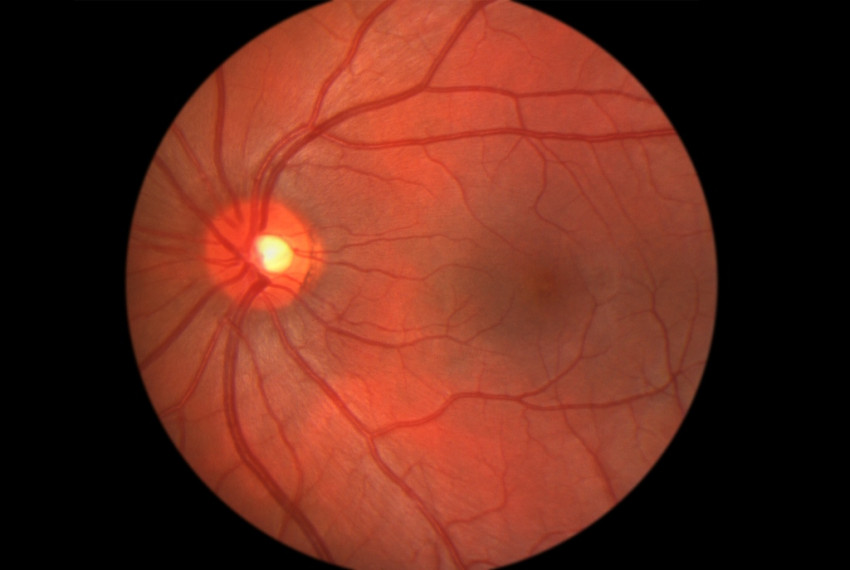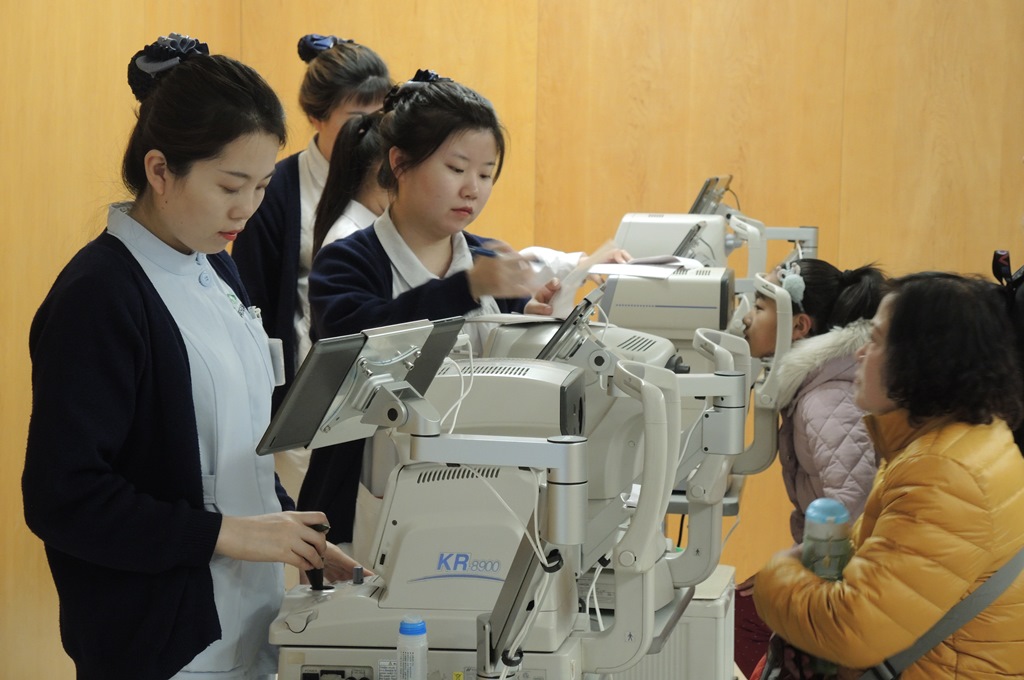
Eye scan to detect alzheimer's
Alzheimer's disease can apparently be detected at an early stage by scanning a person's retina. It will have fewer blood vessels than that of a healthy person, for example. The scanning method may well prove useful in early-stage detection of the disease in the future.
Alzheimer's disease is now often only detected once behavioural changes become noticeable. The person in question becomes forgetful and occasionally misplaces objects. They experience more difficulty coping with language or more complicated daily tasks. Alzheimer's can now often only be clearly diagnosed in a hospital setting, once a number of cognitive tests have been conducted.
Although a treatment has not yet been found for the disease, doctors obviously want to detect Alzheimer's at the earliest possible stage. After all, changes to the patient's behaviour can help slow the deterioration process. Moreover, it is useful for the family to be able to make the necessary plans for the future.
RETINA SCAN
A simple retina scan may provide the solution for early detection of the disease. That has become apparent from a study presented at the annual conference of the American Academy of Ophthalmology, in Chicago last week.
Researchers at Duke University in the US have presented the results they achieved when scanning test persons' retinas using optical coherence tomography angiography (OCTA). This is an optical technology that allows closer scrutiny of tissue material.
CAPILLARIES
They discovered that the blood vessels undergo minor changes in Alzheimer's patients' retinas. The capillaries in particular are almost non-existent. Furthermore, the Duke researchers ascertained that a specific layer of the retina was thinner in the group of patients, versus the healthy control group.
The researchers believe that the medical world will welcome this optical detection method for Alzheimer's. It is after all a painless, quick and inexpensive way of detecting the disease. In time, it will enable screening of risk groups (Alzheimer's disease can 'run in the family'), which is currently much less accessible due to the need for a lumbar puncture or brain scan. The latter methods are not only much more expensive, but the puncture in particular is also much more invasive.
LINK TO THE BRAIN
Doctors and researchers are extremely interested in the retina. To begin with, the retina is directly linked to the brain, so changes in the retina may herald the early stages of many diseases. The Alzheimer's research by Duke University is proof of one such example.

However, diseases such as type II diabetes – itself mainly a lifestyle disease – also result in changes to the retina. The capillaries become more angular, branching more densely. A joint Chinese-Dutch project has taken as many retina photos of people as possible. Its purpose is to arrive at an inexpensive method for the detection of type II diabetes as early as possible. Potential patients can then be advised on a healthier lifestyle.
If you found this article interesting, subscribe for free to our weekly newsletter!
Opening photo: photo of a retina. Source: depositphotos







